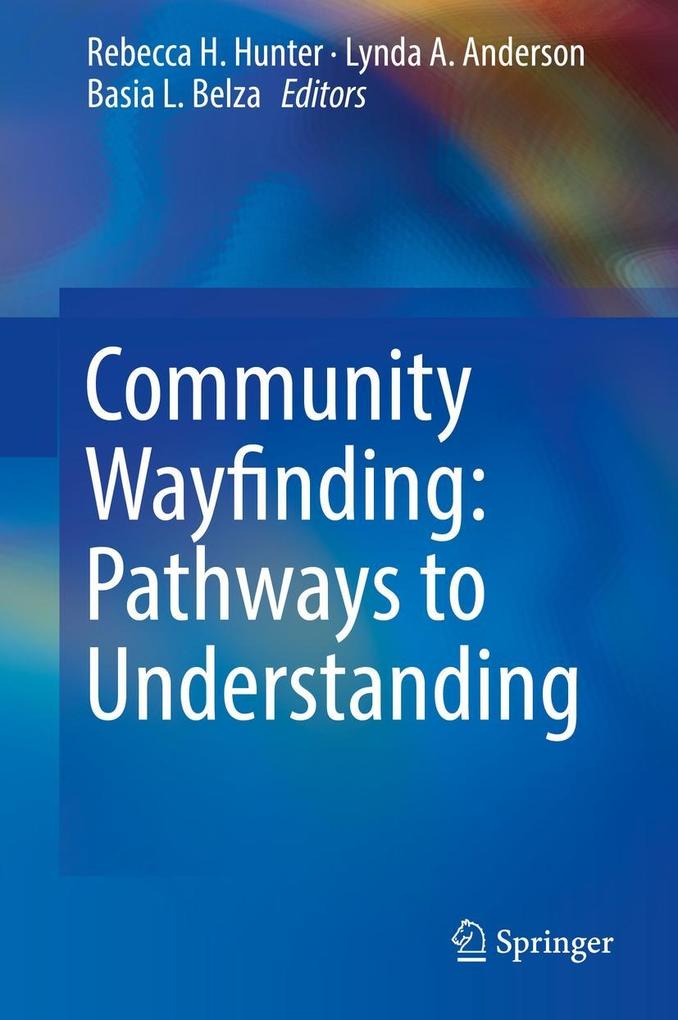
Sofort lieferbar (Download)
This book examines wayfinding from a broad public health perspective and articulates what needs to be done to create better wayfinding for all people regardless of age, ability, or mode of transportation. Addressing both science and the human experience, the book brings together a group of international experts to examine community wayfinding from a variety of viewpoints.
It first presents a critical foundation for understanding wayfinding from an individual perspective. Next, it describes relevant design principles and practices by drawing upon architecture, environmental graphic design, universal design (UD), and urban planning. The book then goes on to examine wayfinding tools and innovative technologies ranging from maps to apps to complex systems. In addition, coverage includes case studies, lessons from wayfinding improvement initiatives, and recommendations for future research, practice, and policy.
Overall, the book focuses on the economic and commercial benefits of good wayfinding, its potential impact on the health of individuals and communities, as well as strategies for the journey ahead. It will appeal to numerous professionals across many disciplines from architecture and cartography to public health and urban planning. Additionally, the book can help advance a dialogue among those interested in enhancing the livability of their communities.
It first presents a critical foundation for understanding wayfinding from an individual perspective. Next, it describes relevant design principles and practices by drawing upon architecture, environmental graphic design, universal design (UD), and urban planning. The book then goes on to examine wayfinding tools and innovative technologies ranging from maps to apps to complex systems. In addition, coverage includes case studies, lessons from wayfinding improvement initiatives, and recommendations for future research, practice, and policy.
Overall, the book focuses on the economic and commercial benefits of good wayfinding, its potential impact on the health of individuals and communities, as well as strategies for the journey ahead. It will appeal to numerous professionals across many disciplines from architecture and cartography to public health and urban planning. Additionally, the book can help advance a dialogue among those interested in enhancing the livability of their communities.
Inhaltsverzeichnis
PART I: Foundations of Wayfinding: 1: Introduction to Community Wayfinding: Rebecca H. Hunter, Lynda A. Anderson, Basia Belza.- 2: Human Wayfinding: Integration of Mind and Body: Anna E. Vandenberg.- PART II: The Community Environment and Wayfinding: 3: The Space Syntax of Intelligible Communities: John Peponis.- 4: Legibility and Continuity in the Built Environment: Michael R. King and Elise de Jong.- 5: Design for All Users: Jon A. Sanford.- 6: The Challenge of Wayfinfing in Health Care Environments: Per Mollerup.- Part III: Tools and Technology: 7: Maps in the Head and Tools in the Hand: Wayfinding and Navigation in a Spatially Enabled Society: Toru Ishikawa.- 8: Maps to Apps: Evaluating Wayfinding Technology: Sean P. Mullen, Daniel E. Palac and Lucinda L. Bryant.- 9: Wayfinding, Mobility, and Technology for an Aging Society: Marlon Maus, David A. Lindeman and William A Satariano.- Part IV: Practice and Policy: 10: Promoting Walking via Ease of Wayfinding: Chanam Lee.- 11: Bridgingthe Gap: Increasing Access Through Training and Technology: Rachel Beyerle and Julie E. Dupree.- 12: Transportation Systems and Wayfinding: Edward R. Stollof.- 13: The Role of Advocacy: Scott Bricker.- Part V: Integrative Perspectives: 14 Linking Wayfinding and Wayfaring: Ditte Bendix Lanng and Ole B. Jensen.- 15: The Journey Forward: Rebecca H. Hunter, Steven P. Hooker and Daniela B. Friedman.- Index.
Produktdetails
Erscheinungsdatum
11. Mai 2016
Sprache
englisch
Auflage
1st ed. 2016
Seitenanzahl
282
Dateigröße
16,63 MB
Herausgegeben von
Rebecca H. Hunter, Lynda A. Anderson, Basia L. Belza
Verlag/Hersteller
Kopierschutz
mit Wasserzeichen versehen
Produktart
EBOOK
Dateiformat
PDF
ISBN
9783319310725
Entdecken Sie mehr
Bewertungen
0 Bewertungen
Es wurden noch keine Bewertungen abgegeben. Schreiben Sie die erste Bewertung zu "Community Wayfinding: Pathways to Understanding" und helfen Sie damit anderen bei der Kaufentscheidung.










